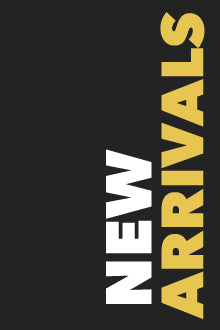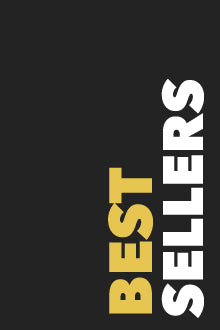No Products in the Cart
FREE SHIPPING ON ALL ORDERS OVER $75 IN THE US


At Red Brush RC Race Track, my car's snapped axles...
The Turn and Burn track has undergone a major upgrade....
Title: "RC Racing Thrills at Turn and Burn RC Track:...
Attention Camaro enthusiasts! Discover the ultimate guide to Camaro Special...